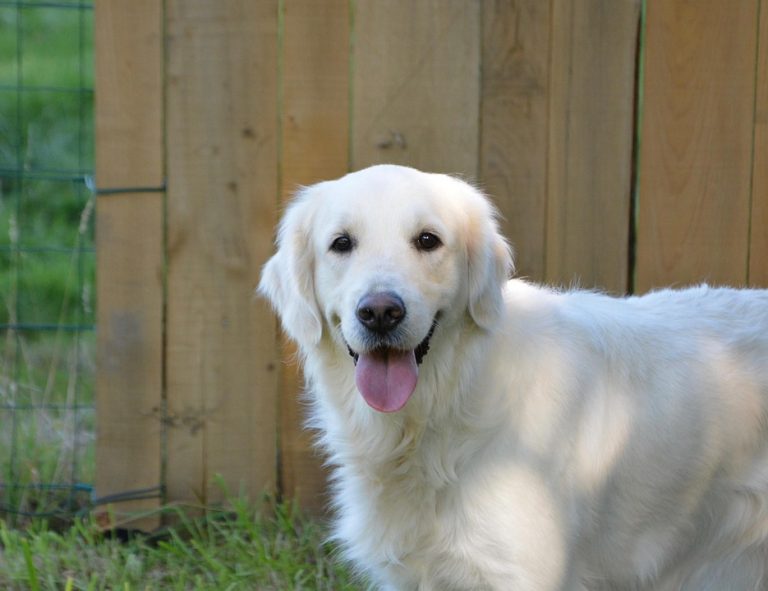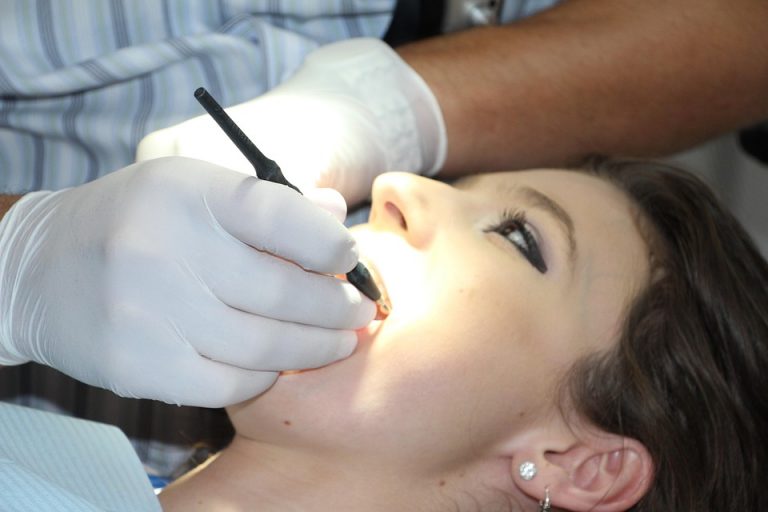Puppy training tips can make all the difference in your experience as a new dog owner. Bringing a puppy into your life is one of the most joyful experiences imaginable. However, it also comes with its own set of challenges. Training your furry friend from day one is essential not just for your sanity, but for their well-being, too.
Why Puppy Training Matters
Training isn’t just about teaching your pup to sit or stay. It’s about building a bond based on trust and respect. An untrained puppy can quickly turn into a troublesome dog, leading to confusion, stress, and even disappointment. You want a well-behaved companion, not a chaotic whirlwind of energy. So, let’s dive into these 10 essential puppy training tips that will set you and your pup up for success.
Contents
- 1. Start Early: The Sooner, the Better
- 2. Use Positive Reinforcement
- 3. Be Patient and Consistent
- 4. Set Clear Boundaries
- 5. Socialize, Socialize, Socialize
- 6. Use the Right Tools
- 7. Teach Basic Commands
- 8. Address Behavioral Issues Early
- 9. Gradually Increase Distractions
- 10. Seek Professional Help if Needed
- Bottom Line
- FAQs
1. Start Early: The Sooner, the Better
The first and most crucial tip? Start training as soon as you bring your puppy home. Their brains are like sponges, soaking up everything around them. Early training helps them adapt to their new environment and learn the basics.
- Age Matters: Puppies can start learning as early as 7–8 weeks.
- Socialization: Introduce your puppy to different people, environments, and other animals. This builds confidence and helps them become well-rounded adults.
2. Use Positive Reinforcement
Forget about harsh training methods. Positive reinforcement is your best friend. Reward your puppy with treats, praise, or playtime whenever they exhibit good behavior. This makes learning fun and encourages them to repeat the desired action.
- Consistency is Key: Always reward the same behavior to avoid confusion.
- Short Sessions: Keep training sessions around 5-10 minutes to hold their attention.
3. Be Patient and Consistent
Training your puppy is not a sprint; it’s a marathon. Patience is crucial. If they don’t get it right away, don’t lose your cool.
- Repetition: Repeating commands helps reinforce learning.
- Consistency: Use the same commands every time. If you say “come,” don’t switch to “get over here” later on.
4. Set Clear Boundaries
Puppies thrive when they know what’s expected of them. Establish clear rules and boundaries early on, and stick to them. If you allow your puppy on the couch sometimes but not others, they’ll get confused.
- Create a Routine: Dogs love structure. Set a daily routine for feeding, playtime, and training.
- Enforce Rules: If they’re not allowed to chew on your shoes, make sure they understand that from day one.
5. Socialize, Socialize, Socialize
Puppies need to learn how to interact appropriately with others. Socialization is essential for their emotional and mental development.
- Group Classes: Consider enrolling your puppy in a training class. This exposes them to other dogs and people.
- Playdates: Organize playdates with well-behaved dogs to teach your puppy how to communicate.
6. Use the Right Tools
Invest in high-quality training tools that suit your puppy’s needs.
- Collars and Leashes: A comfortable collar and a sturdy leash are essential for training.
- Crate Training: A crate can be a safe haven for your puppy. It helps with house training and provides them with a space of their own.
7. Teach Basic Commands
The foundation of any good training program includes basic commands. Focus on these essential ones:
- Sit: A simple command that establishes control.
- Stay: This helps keep your puppy in place when needed.
- Come: Essential for safety, especially in public places.
8. Address Behavioral Issues Early
If your puppy displays undesirable behaviors like biting or jumping, address them immediately. Ignoring these behaviors can lead to them becoming habitual.
- Redirect: If they’re chewing on furniture, redirect them to a toy.
- Time-Outs: If they’re overly rambunctious, a short time-out can help them calm down.
9. Gradually Increase Distractions
Once your puppy masters basic commands at home, gradually introduce distractions. Practice in different environments, like the park or a friend’s house.
- Real-Life Scenarios: This will help them learn to obey commands even when excited or distracted.
- Stay Calm: Your demeanor affects your puppy. Stay calm and positive to encourage good behavior.
10. Seek Professional Help if Needed
If you’re feeling overwhelmed, don’t hesitate to seek professional help. A certified dog trainer can provide tailored advice and strategies.
- Group Classes: Many trainers offer group classes which can be a great way for both you and your puppy to learn.
- One-on-One Sessions: If specific issues arise, personal sessions can address your unique challenges.
Bottom Line
Training your puppy is an adventure filled with ups and downs. It requires commitment, patience, and love. By following these 10 essential puppy training tips, you’re not just preparing your pup to behave; you’re building a lifelong relationship full of trust and companionship.
Remember, every moment spent training is an investment in your puppy’s future happiness and well-being. So, roll up your sleeves, grab those treats, and embark on this rewarding journey together.
FAQs
How long should training sessions be?
Training sessions should be short, around 5-10 minutes, to keep your puppy engaged.
When should I start training my puppy?
You can start training your puppy as early as 7-8 weeks old.
What’s the best way to socialize my puppy?
Enroll in group classes or set up playdates with well-behaved dogs to expose your puppy to various experiences.
Is positive reinforcement really effective?
Absolutely! Positive reinforcement encourages your puppy to repeat desirable behaviors and fosters a trusting relationship.
Embrace the joy of puppy parenting, and remember: you’re laying the groundwork for a loyal companion who will fill your life with love and laughter. Happy training!








